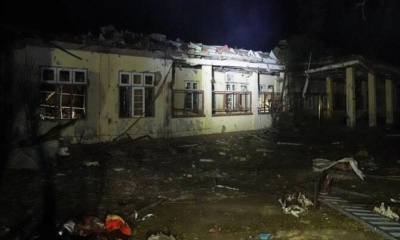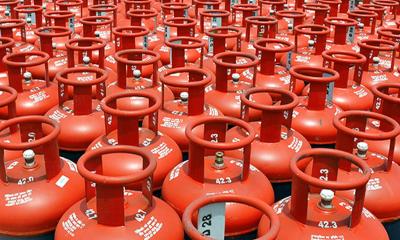Experts at the Marchuk Institute of Numerical Mathematics, the Russian Academy of Sciences, have forecasted that greenhouse gas emissions into the atmosphere will raise the average air temperature in the Arctic basin by 20°C.
Scientists studied how lakes in the Siberian Arctic influence global warming.
The scientists, supported by a grant from the Russian Foundation for Basic Research, made a model of the climate system, based on possible changes in the atmosphere, the ocean, soils, and vegetation, as well as the thickness of sea ice as affected by the growing emissions of greenhouse gases.
The institute’s lead researcher Evgeny Volodin revealed the findings to Russian news agency TASS recently.
"The climate model demonstrates that the biggest warming will be in the Arctic," said Evgeny Volodin adding, "According to the pessimistic scenario, which predicts that the emissions will only grow, by the end of the 21st century the warming in the Arctic may reach the level of 20°C."
Even if countries undertake radical measures to restructure industries, it will be impossible to stop Arctic warming, researchers added.
"If, for example, by 2050, the international community succeeds in reaching zero emissions of greenhouse gases into the atmosphere, due to the inertia in the climate system, by late 21st century, the temperature there would be 2-3°C higher than it is now anyway," Volodin added.
The average yearly temperature in central Arctic presently varies from -30°C to -10°C, depending on the region: the lowest temperature is in central Greenland (between -30°C to -25°C); around the North Pole and from the direction of Eastern Siberia the temperatures range from -20°C to -15°C.
The warmest average temperature is registered in the Arctic basin in the direction of the Atlantic Ocean – above 0°C.












-20251219122251.jpeg)






















-20251216090625.jpeg)
-20251218165258.jpeg)


